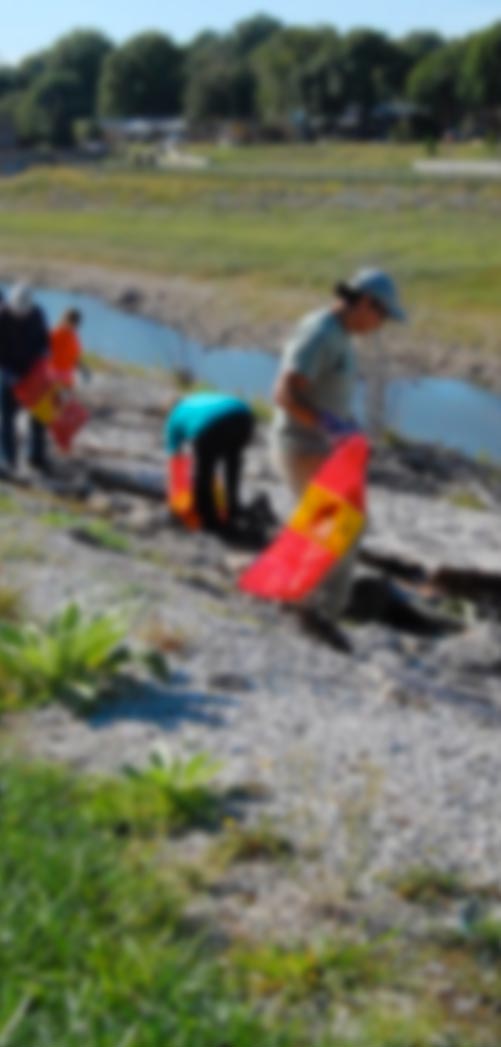National River Water Quality Trends released by Land, Air, Water Aotearoa (LAWA) today, reveal that for all river water quality parameters monitored over a 10 year period, more sites were improving than deteriorating. This encouraging national picture has been welcomed by scientists and local government who pointed to freshwater ecosystem management practices as likely contributing to the progress.
Trends analysis was led by Cawthron Institute Freshwater Group Manager and Ecologist, Dr Roger Young. He described the overall picture as encouraging and said, “Looking back from 2016 at a decade of data, for every monitored parameter, more sites showed evidence of improving water quality, than degrading.
“My hope is this could represent a turning point in New Zealand’s river health story.
“While this analysis gives us cause for optimism, water quality is just one indicator of river health and there is still more work to be done. While all parameters show there are more sites improving than degrading, there are still degrading sites for all parameters. In order to continue further improvements, we need to invest in freshwater ecosystem management, routine monitoring, and further research and innovation,” said Dr Young.
The National River Water Quality Trends (2007 – 2016) released by LAWA follows a similar 10 year analysis released in 2015 by National Institute of Water & Atmospheric Research (NIWA). Compared with the 2015 report, a change in the trend of nitrogen is particularly noteworthy, with significant progress in the number of improving sites compared with the number that are deteriorating.
LAWA and Otago Regional Council Chair, Stephen Woodhead said the LAWA release today is about looking at what’s happening in New Zealand’s waterways overall.
“The LAWA website makes environmental monitoring data from all of New Zealand’s Regional and Unitary Councils freely available, and this 10-year trend analysis looks at all of the river water quality information at a national level.
“It’s important to have a national picture of river water quality trends so we know how we’re tracking. I invite all of New Zealand to get behind the effort to improve this trend picture further,” said Mr Woodhead.
Chair of Local Government New Zealand Regional Sector and Bay of Plenty Council, Doug Leeder welcomed the National River Water Quality Trends, “A great deal of resource has been dedicated to freshwater management. This is a sign that positive actions by central and local Government, landowners, businesses, iwi, and communities are making a difference.
“Councils will continue to monitor and research their regions, to better understand their unique problems, and work towards solutions that will contribute further to improving the national trend,” said Mr Leeder.
The trends are based on analysis of the comprehensive data that’s freely available on the LAWA website. Regular water quality monitoring by New Zealand’s Regional and Unitary Councils, supplemented with NIWA data, means there’s water quality info for nearly 1,500 sites.
